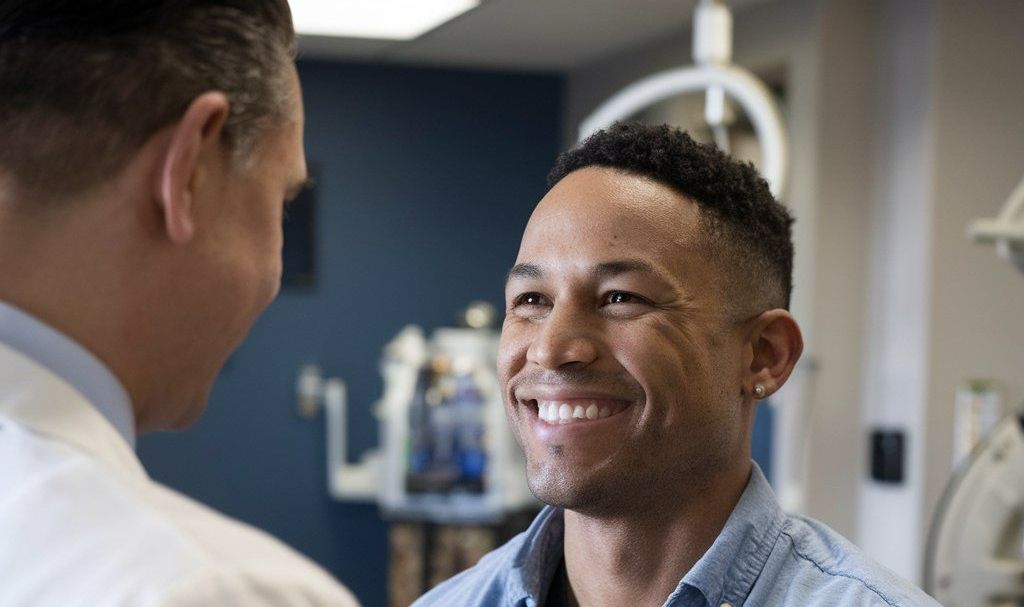What to Do After a Chiropractic Adjustment: Tips for Maximizing Your Results
Getting a chiropractic adjustment is an excellent step toward improving your health, relieving pain, and enhancing mobility. But what you do after your appointment can significantly influence how well your body responds to the adjustment.

At Rainey Chiropractic, we want you to get the most out of your care. That’s why we’re sharing these practical tips to support your recovery and help your body adjust to its new alignment.
1. Stay Hydrated
Chiropractic adjustments release tension and can stimulate your nervous system, which may result in the release of toxins stored in your muscles. Drinking plenty of water helps your body flush out these toxins and keeps your muscles hydrated, reducing soreness.
Quick Tip:
Carry a water bottle with you and aim for at least 8-10 glasses of water daily after your adjustment.
2. Keep Moving
While it’s tempting to rest after an adjustment, light movement is essential for maintaining the benefits of your treatment. Gentle activities, like walking or stretching, can help your body adapt to its new alignment and reduce stiffness.
Avoid:
Intense exercise or heavy lifting immediately after your adjustment, as this may strain your muscles and joints.
3. Maintain Good Posture
Your chiropractor has realigned your spine, so maintaining proper posture is key to keeping it that way. Be mindful of how you sit, stand, and sleep to avoid placing unnecessary stress on your back or neck.
Pro Tips:
- Sit with your back straight and feet flat on the floor.
- Use ergonomic chairs or cushions for support.
- Sleep on your back or side with a supportive pillow.
4. Follow Your Treatment Plan
Your chiropractor may recommend specific exercises, stretches, or lifestyle adjustments to enhance your recovery. Be sure to follow these recommendations to maintain the benefits of your adjustment and prevent future issues.
Examples of Follow-Up Care:
- Gentle stretches to improve flexibility.
- Strengthening exercises to support spinal alignment.
- Applying ice or heat to areas that feel tender.
5. Listen to Your Body
After an adjustment, it’s normal to feel some soreness or changes as your body adjusts to its new alignment. However, if you experience unusual discomfort or have concerns, don’t hesitate to reach out to your chiropractor for guidance.
Remember:
Every patient responds differently to chiropractic care. Let your chiropractor know how you’re feeling so they can adjust your treatment plan if needed.
6. Schedule Your Next Appointment
Consistency is key to achieving lasting results with chiropractic care. Be sure to stick to the treatment schedule recommended by your chiropractor to address your specific needs and goals.
Why Post-Adjustment Care Matters
Chiropractic adjustments are just one part of your journey to better health. By taking care of your body after each session, you support your spine’s healing process, reduce discomfort, and maximize the benefits of your care.
Ready to Feel Your Best?
At Rainey Chiropractic, we’re here to help you every step of the way. Whether you’ve just had your first adjustment or are continuing your wellness journey, following these tips can make all the difference.
If you have questions about your care or want to schedule your next appointment, don’t hesitate to reach out. We’re here to help you feel your best, one adjustment at a time.



